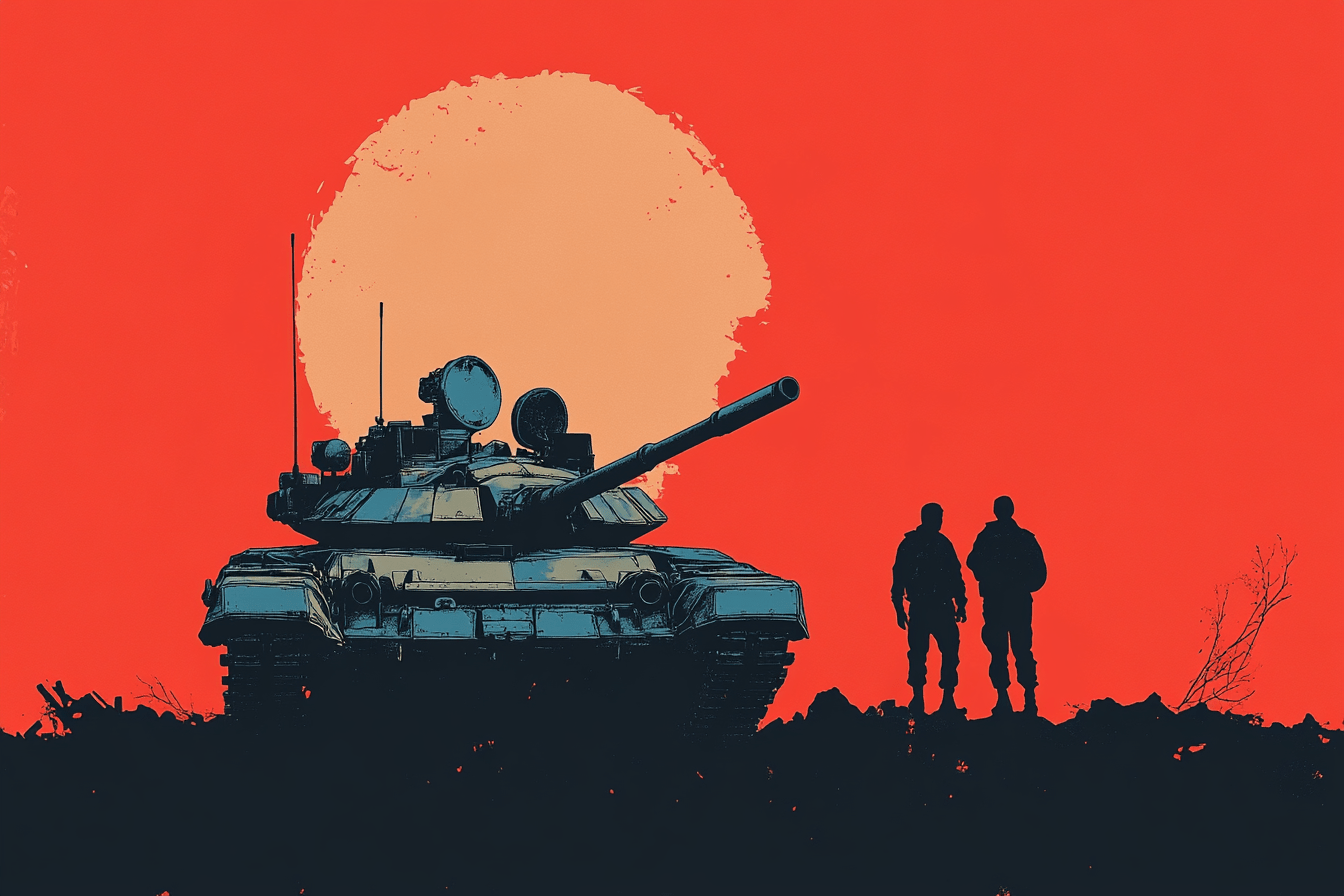How Europe Can Prepare for a Post-Truce Ukraine
A peace-enforcement mission, complemented by security assistance, stockpile regeneration, and a dedicated financial framework, would provide the necessary deterrence and resilience against future Russian aggression. A commentary by Andrea Gilli, Mauro Gilli, and Niccolò Petrelli

U.S. President Donald Trump is actively seeking an end to the war in Ukraine. On March 11, a truce was discussed, followed by phone calls between Trump, Russian President Vladimir Putin (March 18), and Ukrainian President Volodymyr Zelensky (March 19).
The outcome remains uncertain, but three scenarios seem likely: (1) a truce turns into a lasting peace, (2) a truce is reached but collapses, likely due to Russian violations, or (3) no agreement is reached, and hostilities resume – with the added risk that U.S. support for Kyiv may not continue.
While European leaders are currently debating their response, they must plan not just for immediate action, but also for contingencies if an agreement is violated or never materializes.
In a new IEP@BU Policy Brief, we highlight that European countries have a wide set of non-military instruments to use. However, when narrowing our analysis to military options, our conclusions are stark: European countries cannot sustain major operations without U.S. or NATO support, either due to a lack of critical assets or insufficient quantities of existing capabilities. Alternative strategies would face unsustainable domestic opposition and or high risks of provoking Russian escalation.
Given these constraints, European countries should urgently plan a peace-enforcement operation rather than wait for stability to emerge.
Unlike peacekeeping, which assumes compliance from both sides, peace enforcement involves deploying military forces with the authority to deter and respond to violations.
Historical precedents, such as UNIFIL in Lebanon, suggest that such a force would require 30,000-60,000 personnel. European countries have the necessary troop numbers and capabilities, but success would depend on securing legitimacy through a UN mandate and participation from non-European partners like Canada, Australia, and nations from the Global South.
However, one has to bear in mind that preparing for a peace-enforcement mission might not be sufficient, and ultimately risks undermining the efficacy of the peace-enforcement mission . Russia has repeatedly disregarded past agreements and will likely attempt to undermine any settlement through provocations and hybrid warfare.
Europe must therefore simultaneously prepare for a follow-up deterrence strategy to neutralize ex-ante the incentives for Russia to exploit the truce for military or political gains.
Assuming that the U.S. does not participate and NATO remains uninvolved, European options are limited. A full-scale military deployment would be unsustainable given current budgetary constraints – let along considering its escalation risks.
Instead, the most viable approach is a non-combat security assistance and support mission – an expansion of existing efforts such as NATO’s Security Assistance and Training for Ukraine (NSATU) in Wiesbaden, Germany. Strengthening such initiatives would allow Ukraine to enhance its combat power while enabling the redeployment of its forces to front-line operations.
A key question for European countries is, however, whether they would like to plan this mission outside of the area of operations, like NSATU, or whether they would consider deploying their force in Ukraine. The trade-off is clear: if directly present in Ukraine, the EU non-combat role would probably be more effective, but it would be more likely targeted by Russia through symmetric or asymmetric means.
Beyond military assistance, two issues require additional attention:
Stockpiles and Industrial Capacity: Ukraine will need vast amounts of military equipment, particularly munitions. Recent European initiatives, including ReArm Europe and the European Commission’s first Defense White Book, recognize this need.
To put it in perspective, according to the RAND Corporation, as of 2021, France – the leading military power in the EU – had only nine days’ worth of munitions for high-intensity combat. Thus, stockpiles must be replenished, and defense manufacturing capacities must be expanded to sustain a long-term security commitment.
Financial Mechanisms: European countries must establish a dedicated funding framework for Ukraine’s security. One potential model is a European Security Fund for Ukraine, modelled after the European Financial Stability Fund (EFSF) created during the eurozone crisis, as recommended by IEP@BU Director Daniel Gros. Such a fund would centralize and streamline financial support, ensuring consistent military aid and reconstruction assistance.
Europe must recognize that passivity is not an option. While diplomacy remains crucial, waiting for a stable peace to emerge is unrealistic.
A well-planned peace-enforcement mission, complemented by security assistance, stockpile regeneration, and a dedicated financial framework, would provide the necessary deterrence and resilience against future Russian aggression.
IEP@BU does not express opinions of its own. The opinions expressed in this publication are those of the authors. Any errors or omissions are the responsibility of the authors.


